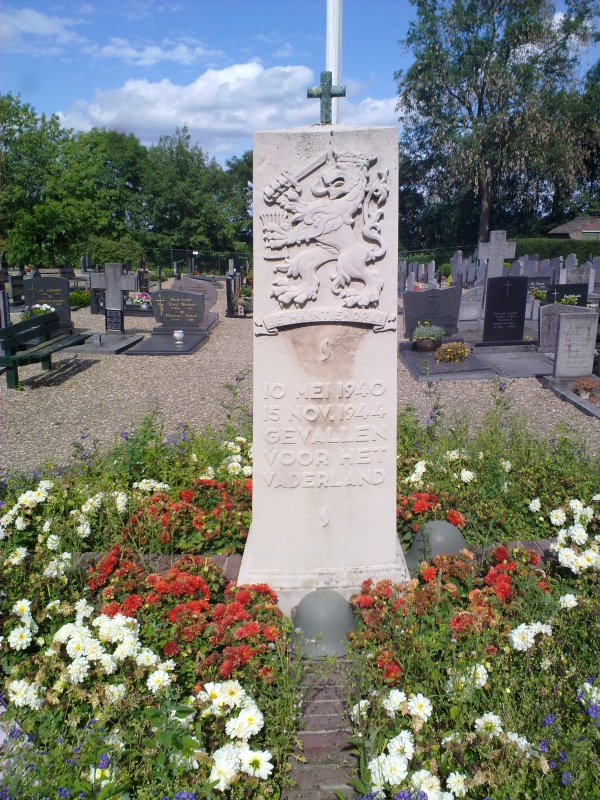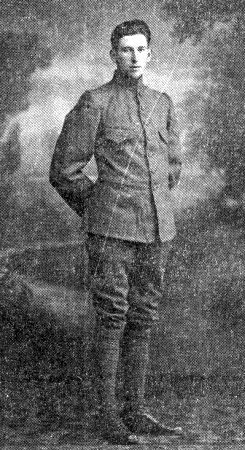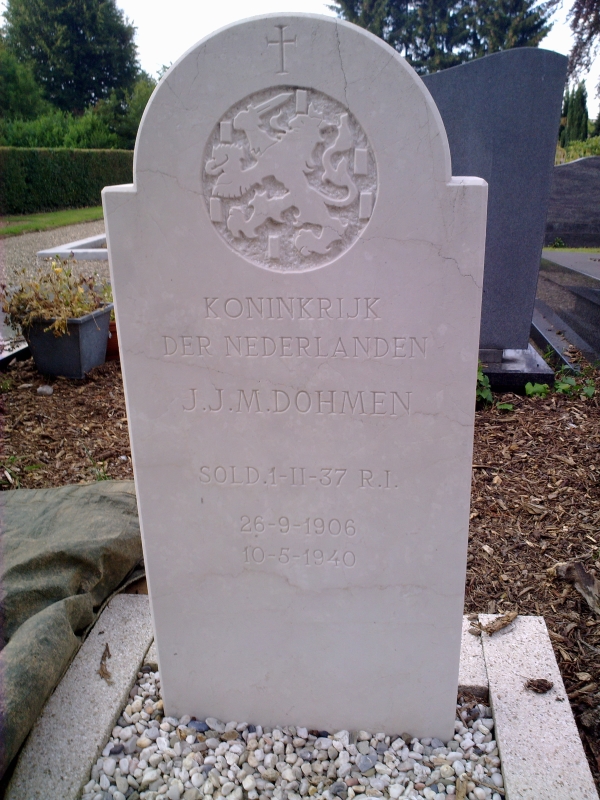On 10 May 1940, before dawn the mighty army of Nazi-Germany invaded Belgium and the Netherlands. Both small countries had been able to deploy their troops to strategic positions, but the Germans were sure it would only take little effort to overwhelm them. Although the Dutch defenders were equipped with materials of over 50 years old and underpowered rifles, they offered fierce resistance.
One of the most important defensive Lines in the south of the Netherlands was the Juliana Canal, dug in the 1930s. All the bridges, including the one of Berg were defended by Dutch soldiers.
In the early morning of 10 May, a soldier guarding the bridge noticed a battalion of ‘wielrijders’, Dutch soldiers on bicycles, coming from the east. When he asked for the password, he was given the one for the 9th instead of that for the 10th. Before he was able to alert his comrades, he was killed by a German sniper. Immediately a gun fight erupted between the dressed-up Germans and the Dutch defenders, alerted by the gunshot.
It didn’t take long before the remaining Dutch realised that their situation was desperate. Most of them surrendered and were taken prisoner.
Five men managed to escape. They retreated further into the village. With the Germans now chasing them they came face to face with the river Meuse. Their only choices were to surrender or to cross the river. The soldiers took the second option.
What happened after that is still a mystery. One version of the story is that the soldiers made it to the Belgian side of the river, but were shot down by Germans who were still on the Dutch side. The other version tells us that the five men made it across, set up their machine gun and returned fire at the Germans. In a nearby casemate there were Belgian soldiers. Unlike the Dutch, they had been informed that the Germans would probably wear fake uniforms. It is likely that the Belgians opened fire from a nearby casemate. All five Dutch escapees were killed.
Only six days later, after both the Netherlands and Belgium had surrendered, two Dutch police officers were able to cross the river to look for the five missing soldiers. The soldiers were found in the exact same spot where they had been killed. The deceased men had all been 33 and 35 years old and most of them were conscripted soldiers. They were buried in the graveyard of Berg. Four of them are still there there today. Their families were only informed of their fate on 24 May.

The soldier's grave in Berg
One of the victims, Jan Dohmen, had married exactly 2 weeks before he was killed. He had been granted a four-day leave for his wedding. After the war his remains were moved to the graveyard in Neerbeek, the hometown of both his mother and his young widow.


Jan Dohmen in his uniform, his grave in Neerbeek
Practical hint for cachers approaching from the Dutch side: The cache is very close to the ferry. If you cross the river by car, it will cost you €1,70 per single trip. Crossing on foot or by bicycle is free.
The original cache was muggled, along with the trackable it contained. The owner of the trackable was informed, but has never reported it missing. In the current cache there is no room for trackables!
This cache is part of a series. The caches are:
'40-'45: Kapelaan Berix (GC2PEZJ) (in English) '40-'45: Veer Berg-Meeswijk (GC2PEXA) '40-'45: Brug Obbicht (GC2PER6) (in English) '40-'45: Sluis Born (GC2PEP0) (in English) ’40-’45: Brug Roosteren (GC2TV5X) (in English) '40-'45: Sittard War Cemetery (GC2TV9R) (in English) '40-'45: Staff Sergeant Booher (GC2TQC1) (in English) '40-'45: Jürgen G. Krohnke (GC2X5V3) (in English) '40-'45: RCAF Bomber Crew (GC2X60A) (in English) '40-'45: Schepenkerkhof (GC2X6KF) (in English)All caches contain a bonus number. When you find all 10 of them, you can search for the bonus cache (GC2X6MV).
In case you found any caches before the bonus numbers were added, don't hesitate to send me a message. I will send you the bonus codes as soon as possible!
Hint: Behind arrow. Watch out for mugglers!!!
Geen opmerkingen:
Een reactie posten